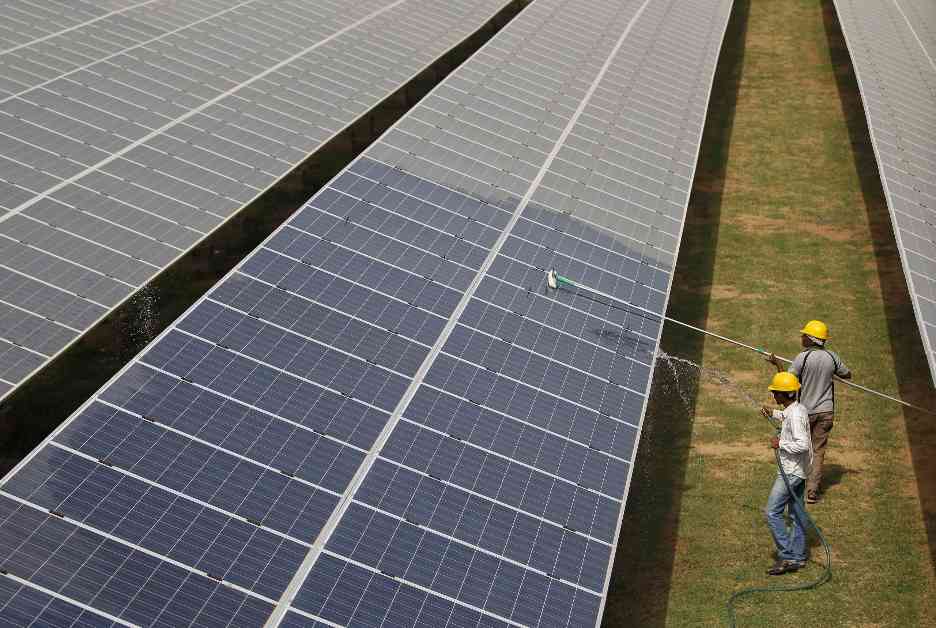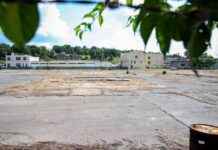Energy analysts Neshwin Rodrigues and Duttatreya Das from Ember have delved into the challenges hindering the acceleration of renewable energy adoption in the Global South. One major obstacle they have identified is the high cost of capital, which poses a significant barrier to the widespread deployment of renewable energy projects. This issue has been underscored by the Alliance of Small Island States and confirmed by the International Energy Agency (IEA), which found that in developing and emerging economies, the capital required to build utility-scale solar projects is double that in more developed regions.
Investors tend to demand higher returns on investments in regions where they perceive risks to be greater. In essence, the riskier the venture, the larger the return they seek. To make renewable energy investments more affordable, it is crucial to diminish these perceived risks. However, before risks can be reduced, they must first be comprehensively understood.
Quantifying Risk Factors
At Ember, Rodrigues and Das have pioneered a model-based approach that quantitatively evaluates the impact of various factors on the overall risk profile of solar energy projects. For instance, uncertainties surrounding the timeline for connecting a solar farm to the grid in many countries can lead to revenue loss, presenting a clear risk to investors. By calculating the significance of this uncertainty relative to other risk factors, they are able to create a ‘league table’ of factors that contribute to higher capital costs, empowering policymakers to prioritize and address the most impactful issues first.
Moreover, the report published by Ember today focuses on India, a nation that introduced tenders for Firm and Dispatchable Renewable Energy (FDRE) generating capacity in 2023. This mandate requires generators to supply electricity during non-solar hours, which can be achieved through the integration of technologies like wind generation and battery storage.
Addressing Key Risks
In their research, Rodrigues and Das have pinpointed the primary risks facing utility-scale solar investments in India. Market price volatility for FDRE projects emerged as the most significant risk factor, with electricity prices becoming increasingly unpredictable since 2020 due to various factors such as the Covid-19 pandemic, weather variability, and changes in the electricity system and markets. This volatility could potentially reduce a facility’s revenue by 7-13%, signaling a substantial risk to potential investors.
Following market price volatility, penalty payments for failing to provide power as contracted emerged as another critical risk factor. Delays in commissioning solar farms, uncertainties regarding the performance of solar panels, future battery costs, and additional penalty payments rounded out the league table of risks.
If left unaddressed, these risks could lead to a need for up to a 4% higher return on investment for solar farms in India to offset associated risks, potentially resulting in delayed deployment of renewables, higher energy costs, and a setback in achieving climate targets.
Implementing Solutions
Fortunately, understanding these risks equips policymakers with valuable insights to enact solutions that can mitigate these challenges. For example, Contracts for Difference (CfDs) could be implemented in India, offering long-term agreements that guarantee a price for renewable electricity, thereby reducing exposure to market volatility. Commissioning delays could be alleviated by pre-building grid connections for solar parks, providing a ‘plug and play’ solution for generators. Additionally, improving product testing and encouraging the adoption of advanced designs by Indian manufacturers could address concerns about solar panel performance.
During their analysis, Rodrigues and Das discovered that investors tend to overestimate certain risks, such as the actual electricity production of solar farms. In reality, 75% of solar farms are generating more electricity than initially predicted, which should alleviate some investor concerns without the need for policy interventions.
While the methodology developed by Ember has been conceptualized for some time, it now offers tangible insights into the impact of various risk factors on capital costs. While this approach may not address macroeconomic factors affecting capital costs, it can significantly contribute to reducing other barriers, making renewable energy development more efficient and cost-effective.
Looking ahead, Rodrigues and Das are eager to extend the application of their methodology to other countries in the Global South, aiming to facilitate a smoother transition to clean energy and enable citizens to reap the full benefits of sustainable power sources at the earliest opportunity.














